Poshmark vs Depop: An In-Depth Analysis of Selling Platforms
When it comes to selling secondhand clothing or unique items, you won't find anything better than Depop and Poshmark. Both platforms give great opportunities to reach buyers, but each operates differently. In the world of online resale, choosing the right platform has a significant impact, as it is the main factor determining whether you will achieve success or not.
So, whether you're a casual seller or a seasoned entrepreneur, you must be sure which platform aligns with your selling goals and style. Not sure how to choose? Well, this article is for you. In this article, we will dive deep into a detailed comparison of Depop vs Poshmark to help you decide which fits your needs better.
Part 1: Introduction to Depop and Poshmark
1. Depop
Depop is a popular online resale marketplace known for its vintage and trendy secondhand fashion items. Launched in 2011, it has quickly become a go-to platform for Gen Z and young millennials who are looking for desirable and affordable fashion.
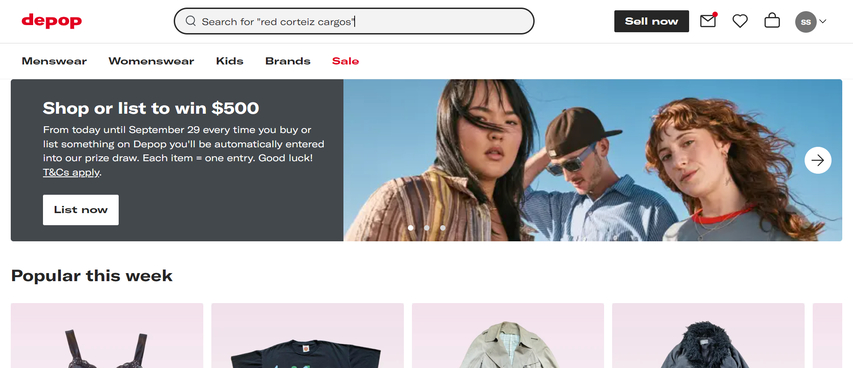
Catering to a creative, fashion-forward community that values sustainability and individuality, Depop has made it easy for everyone to buy, sell, and discover desirable fashion in one place. However, its social media-like interface makes it stand out from other marketplaces, where people can enjoy curating their profiles, engaging with followers, and standing out with unique product listings.
Some of the key features of Depop include:
- Attractive layout
- Direct messaging between buyers and sellers
- Social media integration
- Emphasis on individual style and creativity
2. Poshmark
Poshmark, on the other hand, is more like a social commerce platform where people can buy and sell new and secondhand styles. Although the platform was launched in 2011, it has a more established presence in the reselling market, especially in the U.S. the main reason behind its progress is that, unlike Depop, Poshmark targets a broader demographic and offers a more comprehensive range of products from fashion to home goods.

Besides this, Poshmark also arranges real-time virtual shopping events, making it an ideal platform for selling not just fashion but also home goods, beauty products, and even electronics.
Key features of Poshmark include:
- "Posh Parties"—real-time virtual shopping events
- Buyer protection
- Prepaid, pre-addressed shipping labels
- Social features like following, sharing, and commenting
Part 2: Selling on Depop vs. Poshmark
Selling on depop vs poshmark is not much different but both of these platform addresses different audience. Let's break it down.
1. Demographics of Users on Each Platform
Depop attracts a younger, fashion-focused audience, with most users between 14 and 24 years old. It's trendy among Gen Z and millennials interested in vintage, streetwear, and fashionable items.
Poshmark, on the other hand, caters to a broader age range, typically 18 to 45. Its user base includes millennials, Gen Xers, and even some baby boomers. People who are looking for both new and gently used items from a variety of brands usually favor these products.
2. User Interface and Ease of Navigation
Depop's interface is sleek and minimalist and heavily inspired by social media platforms, which makes it look familiar and engaging to its young audience. Besides this, using Depop, you can easily browse the platform and search for your favorite items based on brand, price, size, colour, and condition. Moreover, you can follow the seller and even directly message him/her and ask questions about the product.
Poshmark, on the other hand, offers a more traditional e-commerce layout. Its user-friendly and clean interface allows buyers to like, comment on, and share the products they like. Poshmark also organizes online shopping events like "Posh Parties" and shared listings, and users can easily narrow down their search by brand, likes, relevance, and price.
3. Community Engagement and Social Features
Both Depop and Poshmark emphasize community but in different ways.
Depop is a platform that fosters individuality and personal style. Sellers often curate their shops to reflect their unique aesthetic, and many users follow their favorite sellers for style inspiration. Although people can like or save products, the platform encourages direct communication between buyers and sellers, creating a more personal shopping experience.
Poshmark, on the other hand, leans heavily into social commerce. Unlike Depop, it encourages community engagement, and users can like, comment, and share their favourite products. Besides this, "Posh Parties" allows sellers to showcase items within specific categories during scheduled events, which can drive traffic to your listings. And this focus on user engagement makes Poshmark standout.
Part 3: Depop vs. Poshmark Fees
The fee structure of the Depop and Poshmar is not much complicated. Let's discuss Depop fee vs Poshmark.
- Selling Fees on Depop
- Selling Fees on Poshmark
- Fee Comparison and Potential Earnings
The fee structure of the Depop is pretty straightforward. If you have a listing on Depop, the platform will charge a 10% fee on each sale. On top of that, PayPal will take an additional 2.9% fee plus $0.30 per transaction. Therefore, if you are a seller on Depop, you need to consider these fees when pricing your items.
On the other hand, Poshmark's fees vary based on the sale price. Though the fee may vary, the structure is easy to understand: for sales under $15, they take a flat $2.95 commission. For sales above $15, Poshmark charges 20% of the final sale price. This can feel steep, but sellers benefit from Poshmark's wider audience and integrated shipping options.
When comparing Depop vs. Poshmark fees, Depop's lower percentage fee may seem more attractive, especially for high-ticket items. However, Poshmark's flat shipping rates and more significant customer base can sometimes justify the higher fees, particularly for sellers moving large volumes. If you're selling low-priced items, Poshmark's flat fee may be more advantageous than Depop's commission-plus-PayPal fees.
Let's break it down with an example:
For a $50 item:
On Depop: You'd pay $5 (10% commission) + $1.75 (PayPal fee) = $6.75 total fees.
On Poshmark: You'd pay $10 (20% commission)
In this case, Depop would result in higher earnings. However, Poshmark's flat fee structure could be more beneficial for lower-priced items.
It's also worth noting that Poshmark handles shipping logistics, which can save sellers time and hassle. Depop requires sellers to manage their shipping, offering more flexibility and responsibility.
Part 4: Depop vs. Poshmark Selling Strategies
1. Tips for Effective Selling on Depop
- Use high-quality and stylized photos
- Focus on unique, trendy, or vintage items
- Write detailed, keyword-rich descriptions.
- Refresh listings regularly to boost visibility.
- Offer bundle deals to encourage multiple purchases.
2. Tips for Effective Selling on Poshmark
- Share your listings frequently, especially during peak hours.
- Participate in Posh Parties for increased exposure.
- Engage with the audience
- Offer competitive prices and be open to negotiations.
- Use all available listing fields, including brand and size.
- Follow other users and engage with their listings.
- Create eye-catching cover shots for your items.
Part 5. How to Optimize Product Photos for Better Visibility
If you are selling online, you need to be aware that good product photos are essential for selling on any platform. It is because an eye-catching, professional image can make or break a sale, especially on highly visual platforms like Depop and Poshmark. One great tool for perfecting your photos is HitPaw FotorPea.
HitPaw FotorPea is a versatile photo editing tool with a powerful background remover and generator. This feature is handy for creating professional-looking product images that stand out on both Depop and Poshmark.
Key features of HitPaw FotorPea include:
HitPaw FotorPea - All-in-one Photo Editing Tool for Win & Mac
Secure Verified. 212,820 people have downloaded it.
- AI-powered background removal
- Diverse background templates
- User-friendly interface
- High-quality output
- Batch processing
Secure Verified. 212,820 people have downloaded it.
How to make stunning product photo with HitPaw FotorPea:
Wondering how to remove and change product photo backgrounds with HitPaw FotorPea? Follow these steps:
Step 1: Download and Install HitPaw FotorPea
Visit HitPaw FotorPea and download the official software on your window your Mac.
Step 2: Upload the desired Photo
Now, open the Software and you will see a clean interface. First click on “BG Remover” then click on “Start Remove” and select the photo from your device.

Step 3: Upload the photo and let the Ai do its work
Once you have selected the photo, it will take few second to upload.
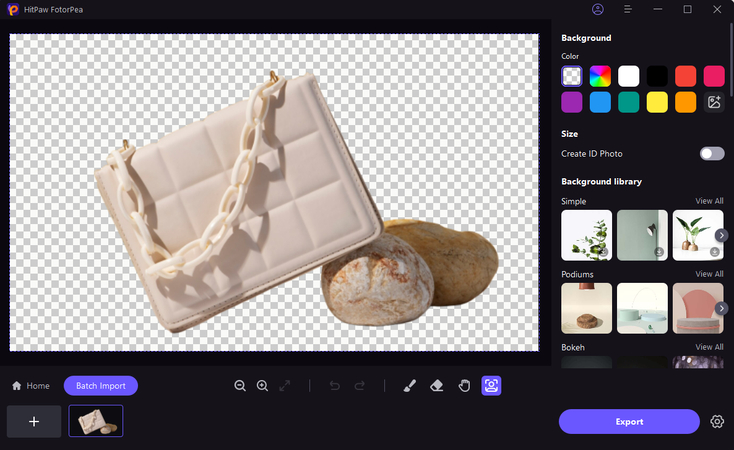
After completing the processing, Hitpaw will detect the background and remove it automatically
Step 4: Fine-tune the areas using brush
You can modify the changes and adjust the areas of the images using brush tools. For your ease, Hitpaw gives you the option to resize the brush.
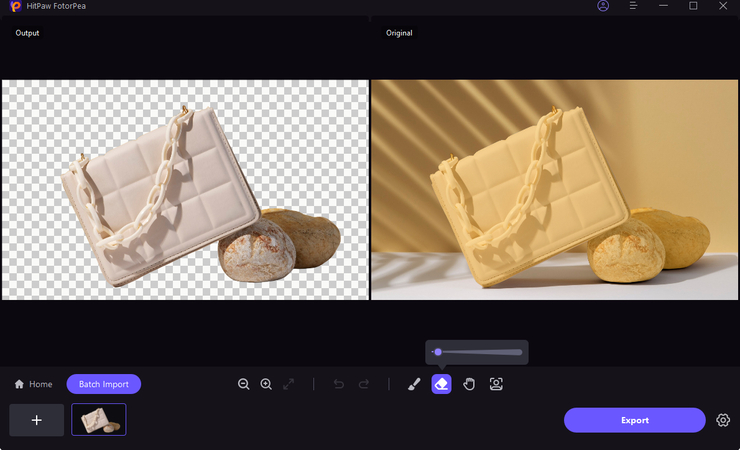
Step 5: Use eraser tool to refine the removed areas
Using the eraser tool, fine-tune the parts of the image. Adjust the size of eraser size for more precise refining.
Step 6: Pick a new background color
Now choose a new background. There are multiple colors to choose from but generally for a product images, white is highly recommended.

Step 7: Export the Image with a new background
Once you are satisfied with all the changes, click on "Export" and download your edited image.

This is the ultimate guide of HitPaw FotorPea
Conclusion
Depop vs Pashmark! Choosing between these two giants totally depends on your target audience and selling preferences. Depop is ideal for sellers focusing on unique, vintage items and who enjoy engaging with a younger, more creative audience. Poshmark, on the other hand, offers a broader marketplace with simplified features, appealing to a more diverse demographic.
Regardless of what platform you choose, having high-quality product photography is essential. In that regard, utilizing tools like HitPaw FotorPea becomes necessary as it can enhance your product photography and give your listings the edge they need to attract buyers.
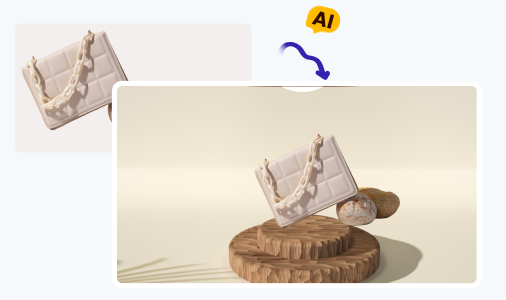





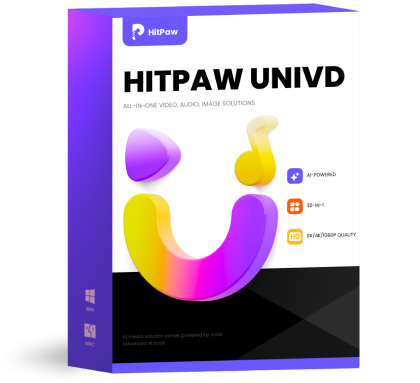 HitPaw Univd (Video Converter)
HitPaw Univd (Video Converter)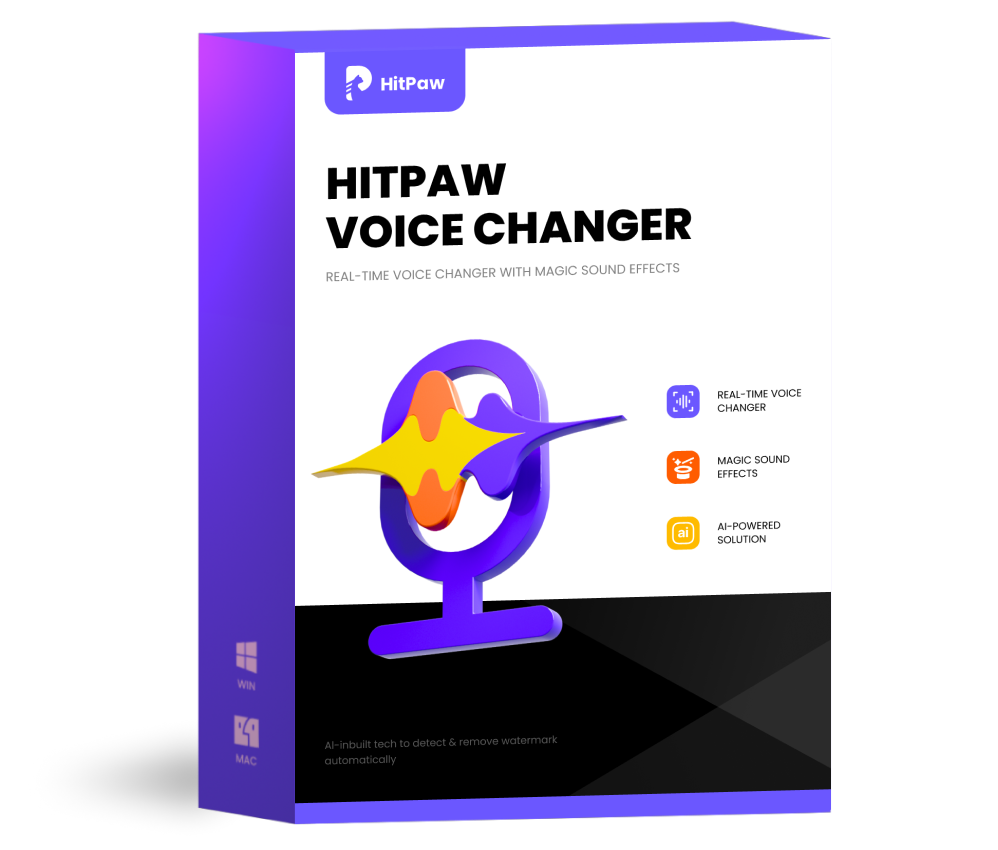 HitPaw VoicePea
HitPaw VoicePea 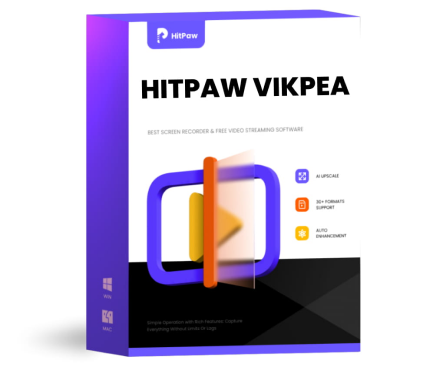 HitPaw VikPea (Video Enhancer)
HitPaw VikPea (Video Enhancer)


Share this article:
Select the product rating:
Daniel Walker
Editor-in-Chief
My passion lies in bridging the gap between cutting-edge technology and everyday creativity. With years of hands-on experience, I create content that not only informs but inspires our audience to embrace digital tools confidently.
View all ArticlesLeave a Comment
Create your review for HitPaw articles